Iași: Inside the Palace of Culture PART 1
Entering the Palace of Culture: The Hall of honor
I open the huge door of the Palace of Culture whose latch reaches my head and enter a large hallway, where I don’t know where to look at first. My attention is drawn by the drawing of the floor: a circular composition representing a gothic bestiarum that includes the fantastic illustrations of many kinds of animals such as dragons, lions, griffins, eagles. I find out that this particular mosaic is a reproduction of a rosette belonging to the church of the abbey Saint-Pierre-sur-Dives, in northern France.
The floor is spectacular and I cannot wait to see it from above to capture it in its entirety.
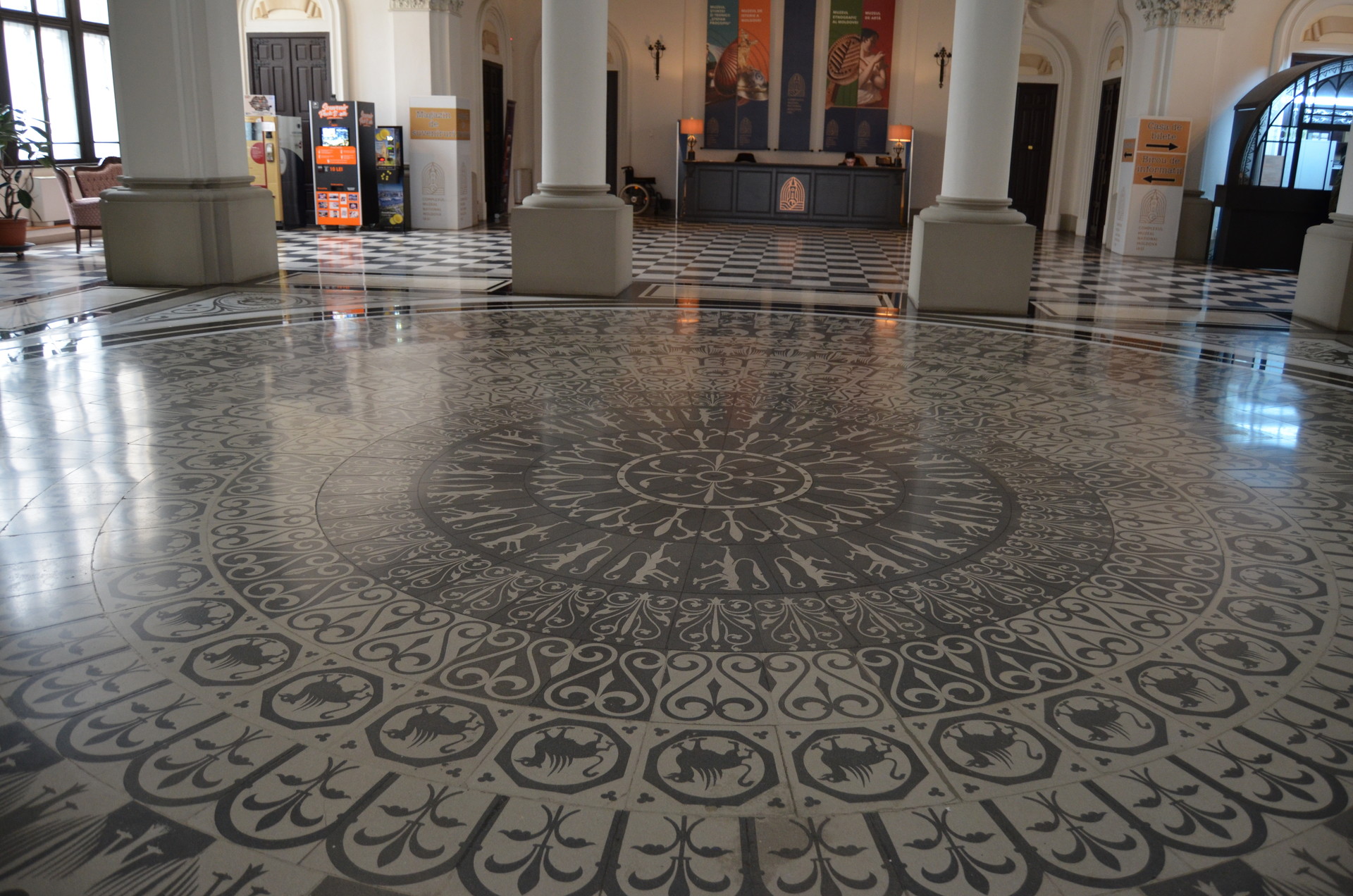
Looking up from the ground, the interior construction continues in a neogothic style with ogival arches and an ogival vault which ends with stained glass windows. Of course, the decorations are not missing, and the arches on the columns are ornamented with floral and vegetal elements, heraldic shields or zoomorphic pieces.
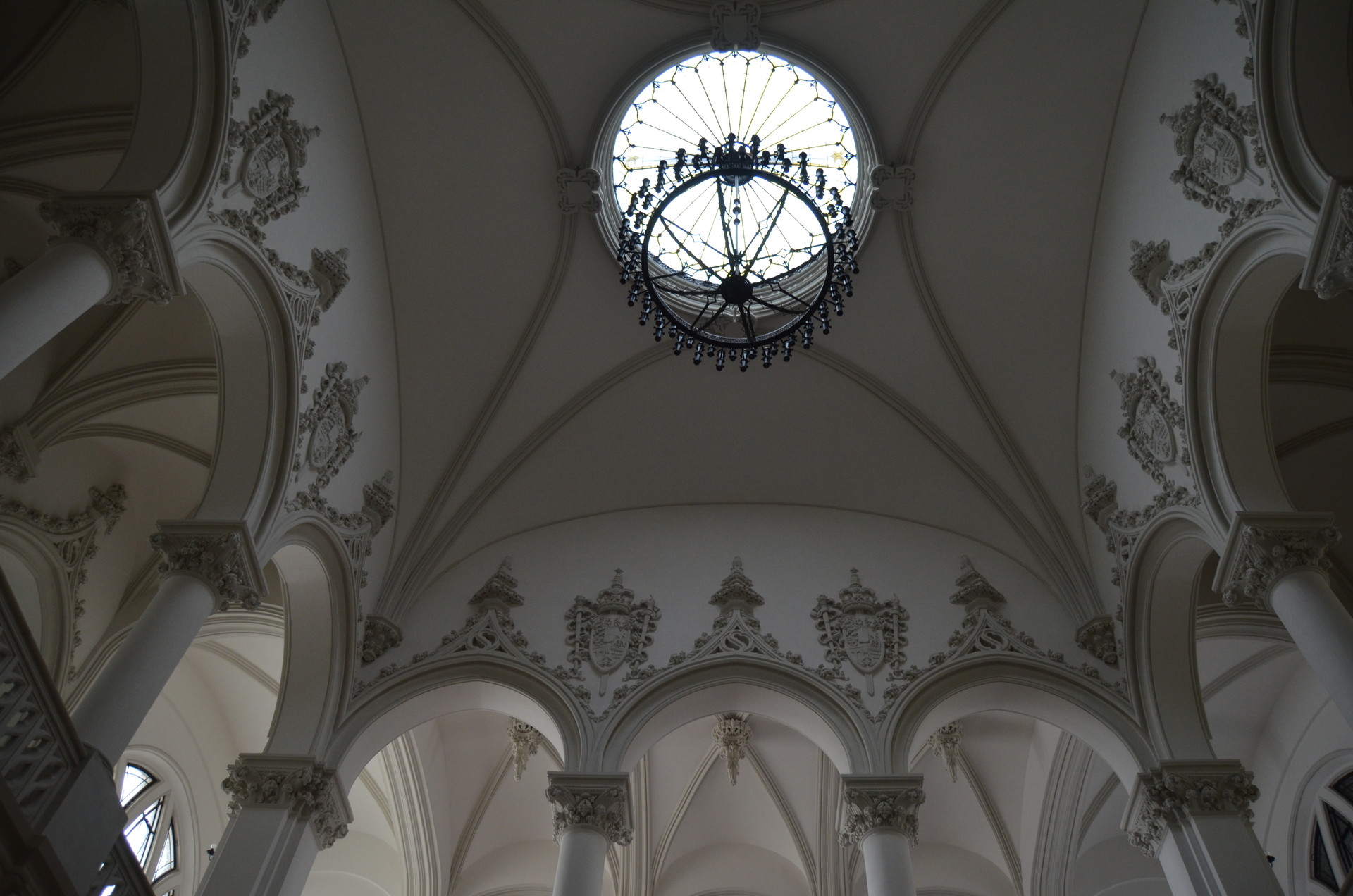
The visiting hours of the Palace of Culture
As you can notice, before even buying the tickets to visit the museums buildings, I am already paying attention to little details and want to find out more.
Now, speaking of that, the visiting hours of the Palace of Culture are starting with 10.00 AM and finishing with 17.00 PM from Tuesday to Sunday, on Monday the institution is closed.
How much it costs to visit the museums and the Clock Tower?
The price of a ticket for visiting all of the 4 museums costs 40 lei (meaning around 8 euros), but if you are a student like, they offer a quite a big discount, thus, for my ticket I pay 10 lei, which is around 2 euros.
The entrance fee for visiting the Clock Tower is paid separate and the visiting hours are also different. To get a ticket for the Clock Tower I am sent to the information office where I need to make an appointment because the guided tours are happening from hour to hour, starting with 10.45 AM and finishing with 15.45 PM.
I make an appointment at 13.45 AM and from here I am sent back to ticket office to pay the price of the ticket which costs 4 lei – around 1 euro for students, of course). If you are not a student, than you have to pay a price of 16 lei ( around 3 euros).
Let the exploration begin!
With all of the tickets being bought, now I am ready to discover the Palace of Culture and its rooms and museums. I am leaving my heavy backpack in the wardrobes available for visitors and start my journey through the historic building. I am happy to see that I am allowed to take photographs in every corner of the building so that I can capture the beautiful and interesting objects I am discovering here.
Going up to the first floor: being welcomed by Ștefan the Great and Holy?
The ground floor is not the first one which I am visiting because going up the mighty marble stairsgets me too curious of what’s up there and how the hallway is seen from above.

Going up the left stair I have in front of me a high gothic opening with a stained glass windows representing a historical scene from which I recognize the portrait of Ștefan the Great and Holy, as I said in the previous article, one of the most emblematic rulers of Moldovia. The Romanian leader is illustrated next to the royal chair, caring a scepter and the crown, signs of its leadership.
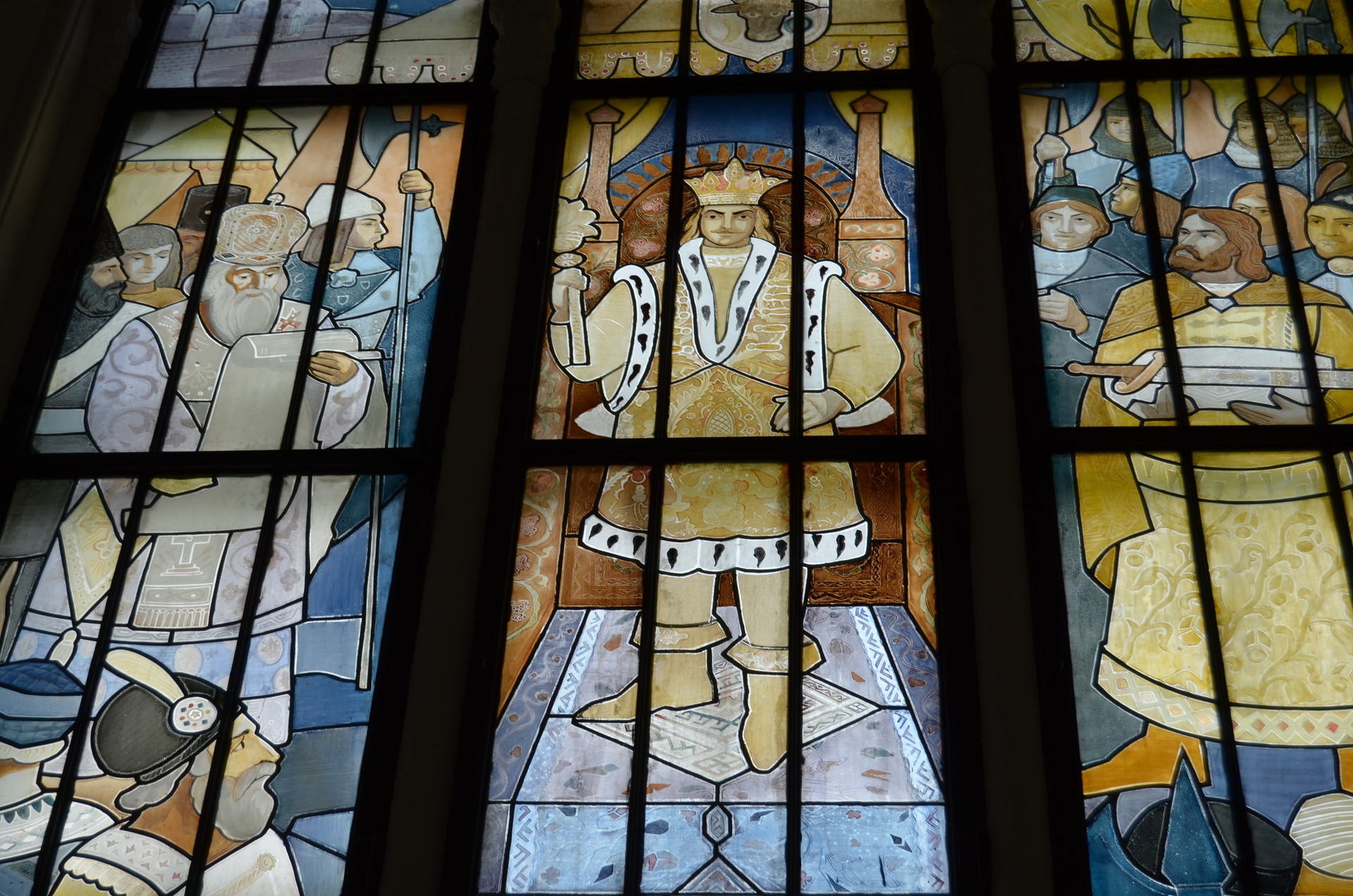
The gothic bestiarum
When I reach the first floor I can observe through an opening created by the rows of gothic arcades and their white columns, the circular mosaic of the ground floor. It’s appearance is indeed spectacular and eye-catching. Now I can distinguish better all of the illustrated elements that I was talking about in some words above and I am thinking that the artwork in itself is just amazing and ranks as probably one of my favorite piecesfrom the interior of the Palace of Culture.
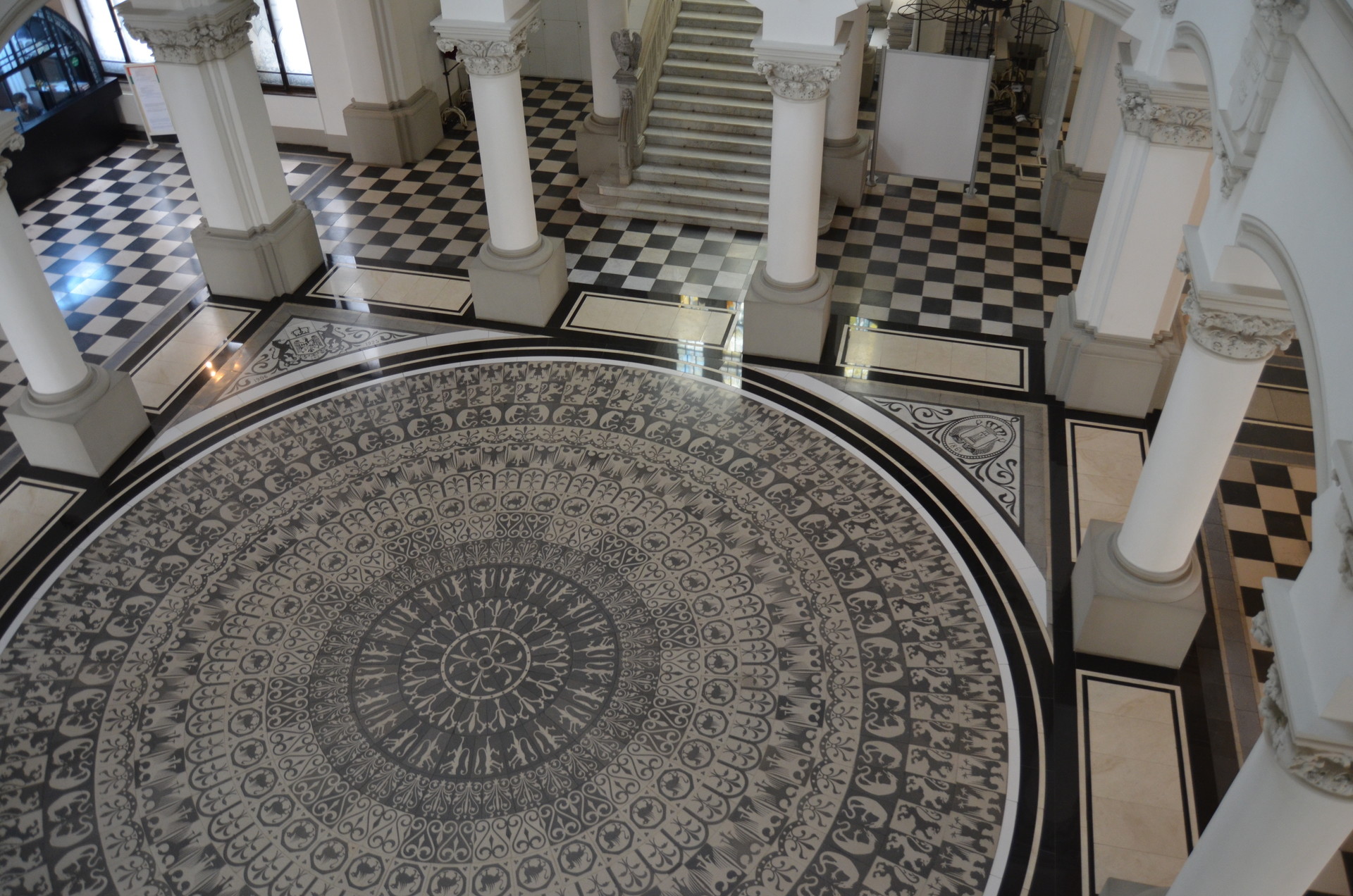
In other thoughts, I also like the fact that the walls are simply colored in white, an aspect which gives brightness and distinctnessto the building, relaxing the viewer’s eye, which otherwise could get confused in the abundance of different architectural details.

Visiting the Art Museum: the paintings created by the modern Romanian artists
Walking right I come across the Art Museum, where I am once again happy to hear that I am allowed to take photographs. Here, in the first room of the museum are exhibited paintings belonging to the Romanian artists who laid the foundations of the modern Romanian painting starting with the middle of the 19th century and so on. Among them, I mention Nicolae Grigorescu – which is considered the very founder of the Romanian painting, Ștefan Luchian, Theodor Aman, Nicolae Tonitza, Theodor Pallady, Gheorghe Petrașcu, Dumitru Gheață.
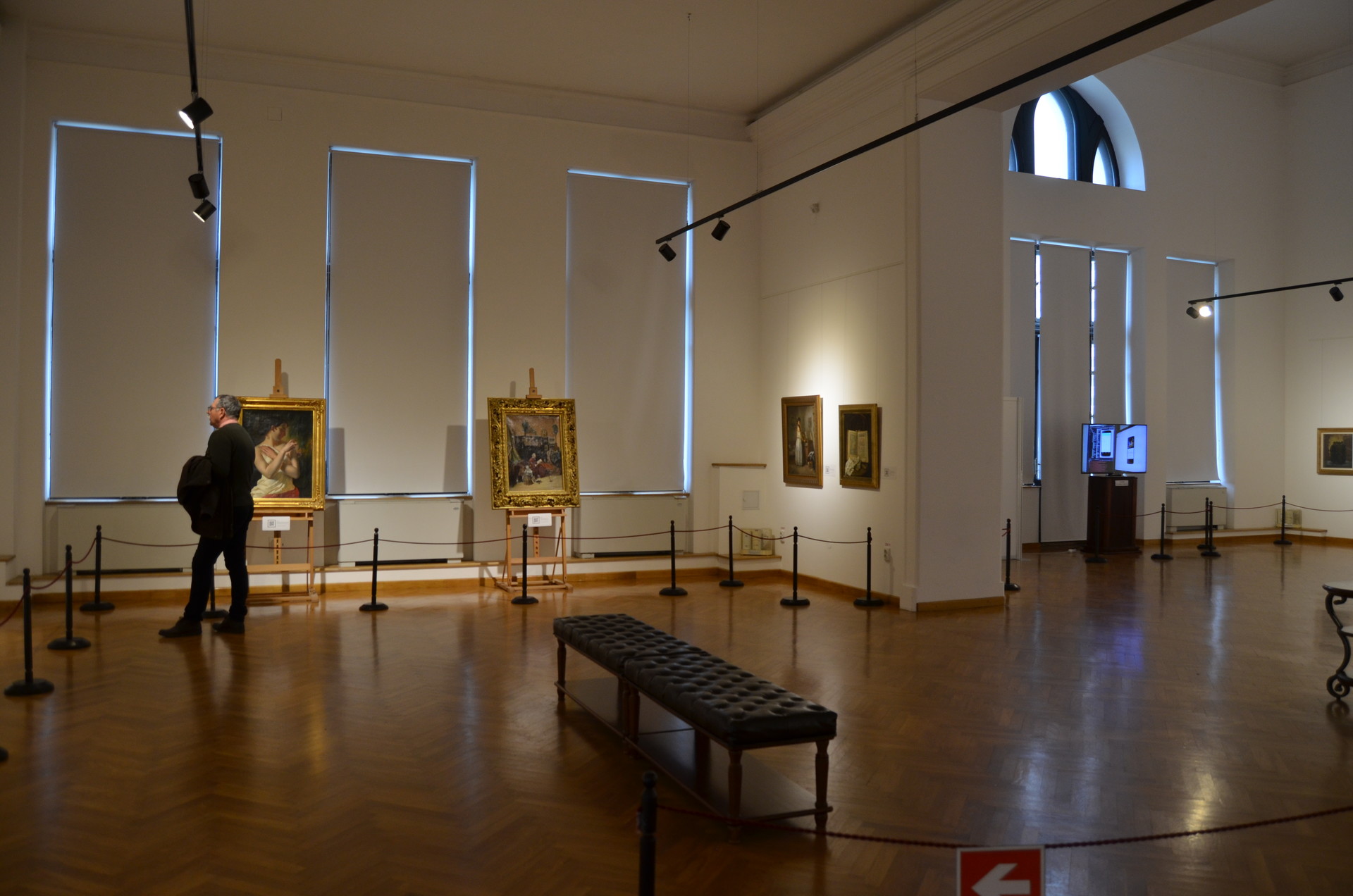
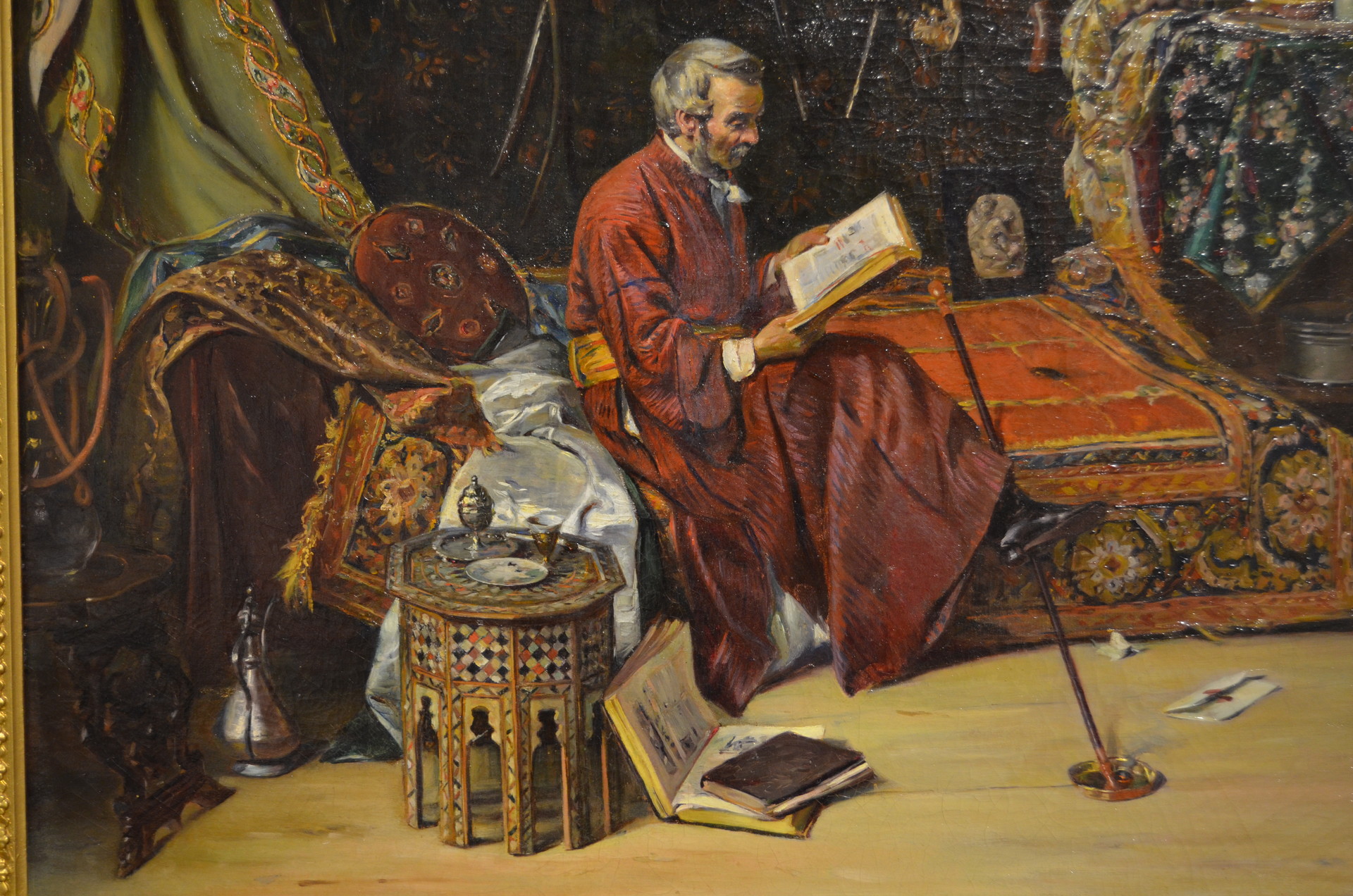
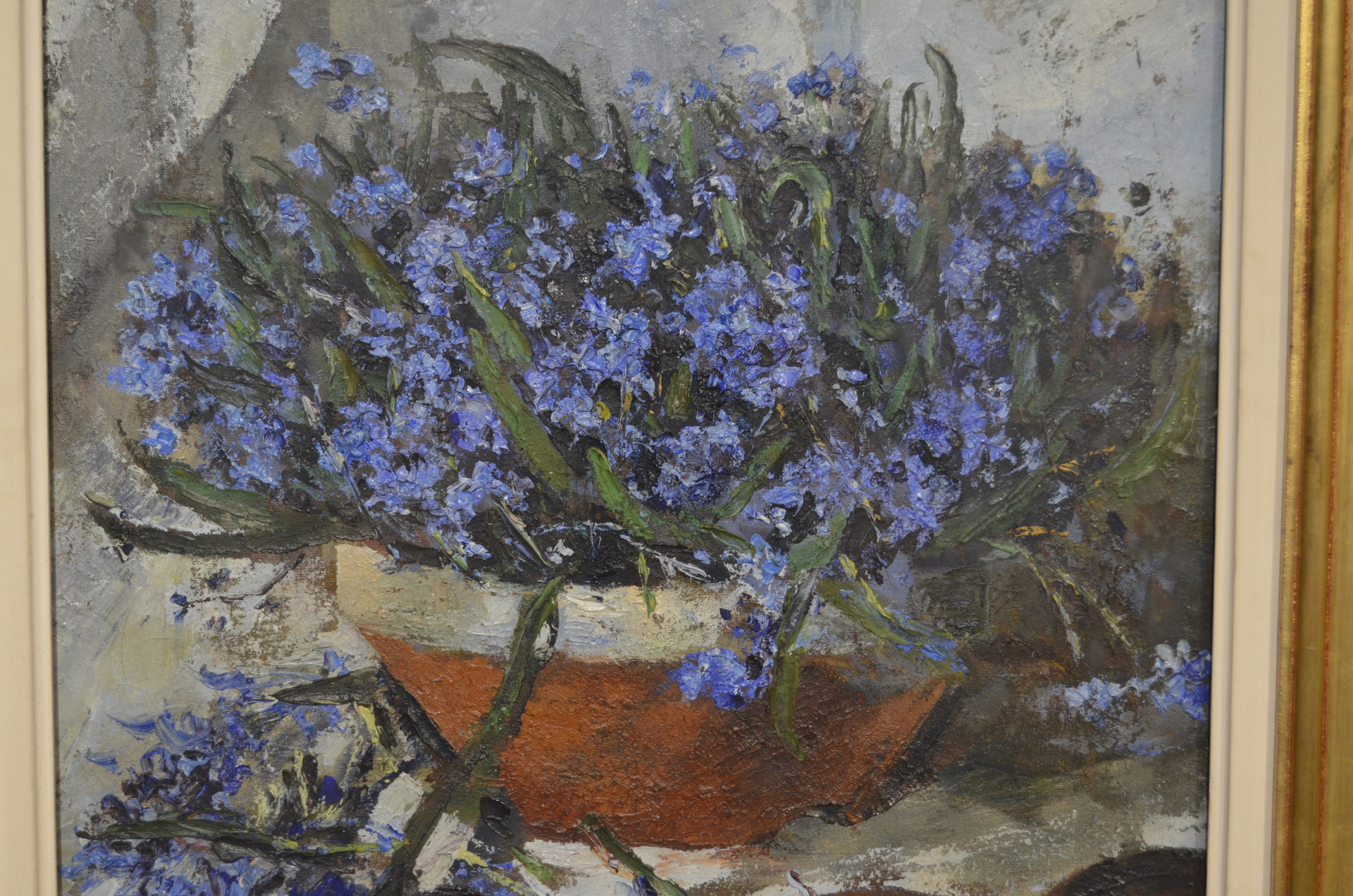
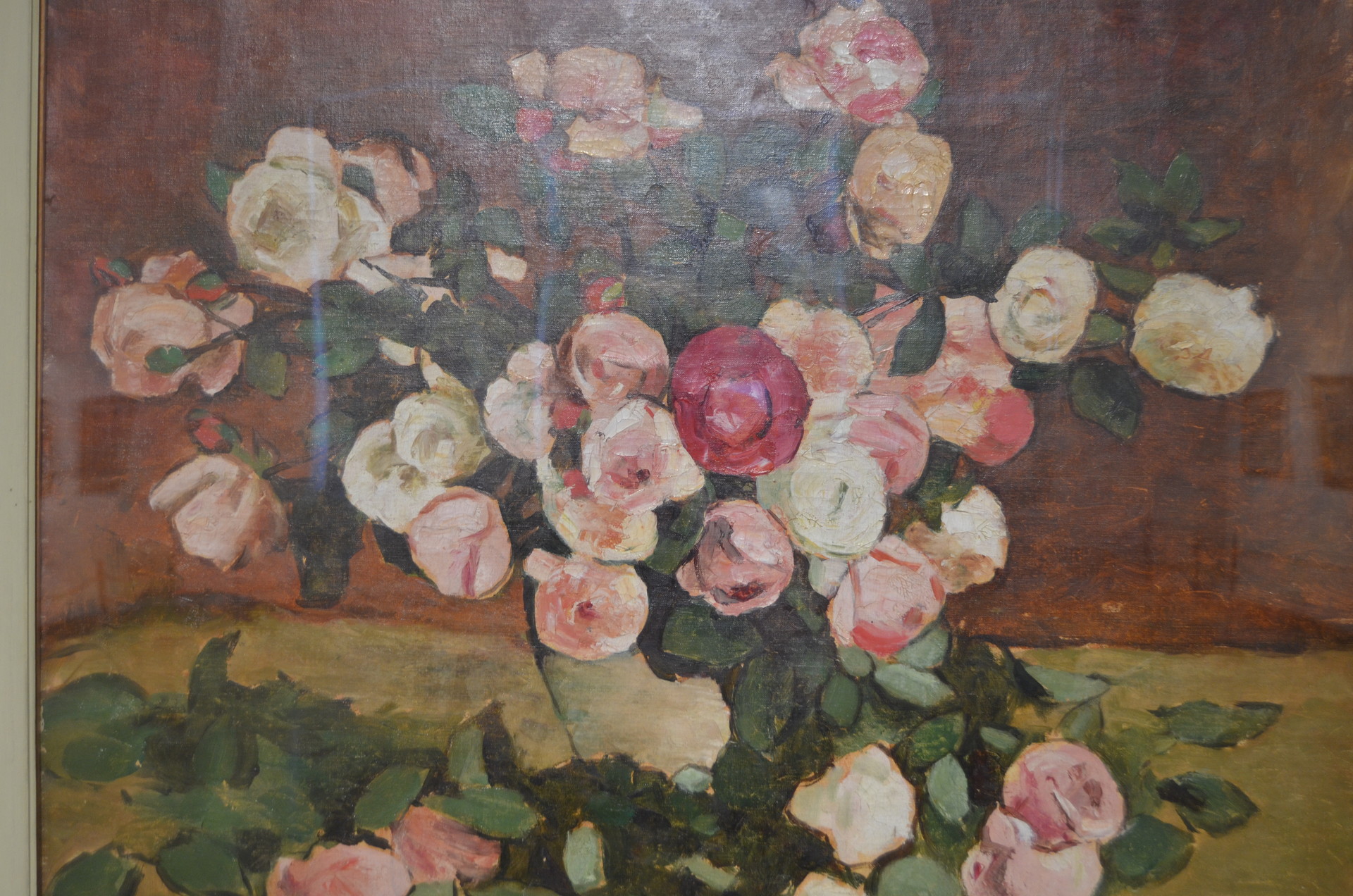
Of them all, the one that I appreciate the most is Ștefan Luchian due to the fact that I like all of its paintings with lively colorful flowers, painted with a visible and powerful brushstroke.
The paintings of Gheorghe Petrașcu
In the second gallery of the Art Museum I also discover a few paintings created by Gheroghe Petrașcu, a Romanian painter which is not necessarily my favorite, but whose artwork exhibited here impress me in a very good way and make me to admire the composition, the colors, how the brushstroke are placed on the canvas creating an interesting to observe texture and a specific atmosphere.
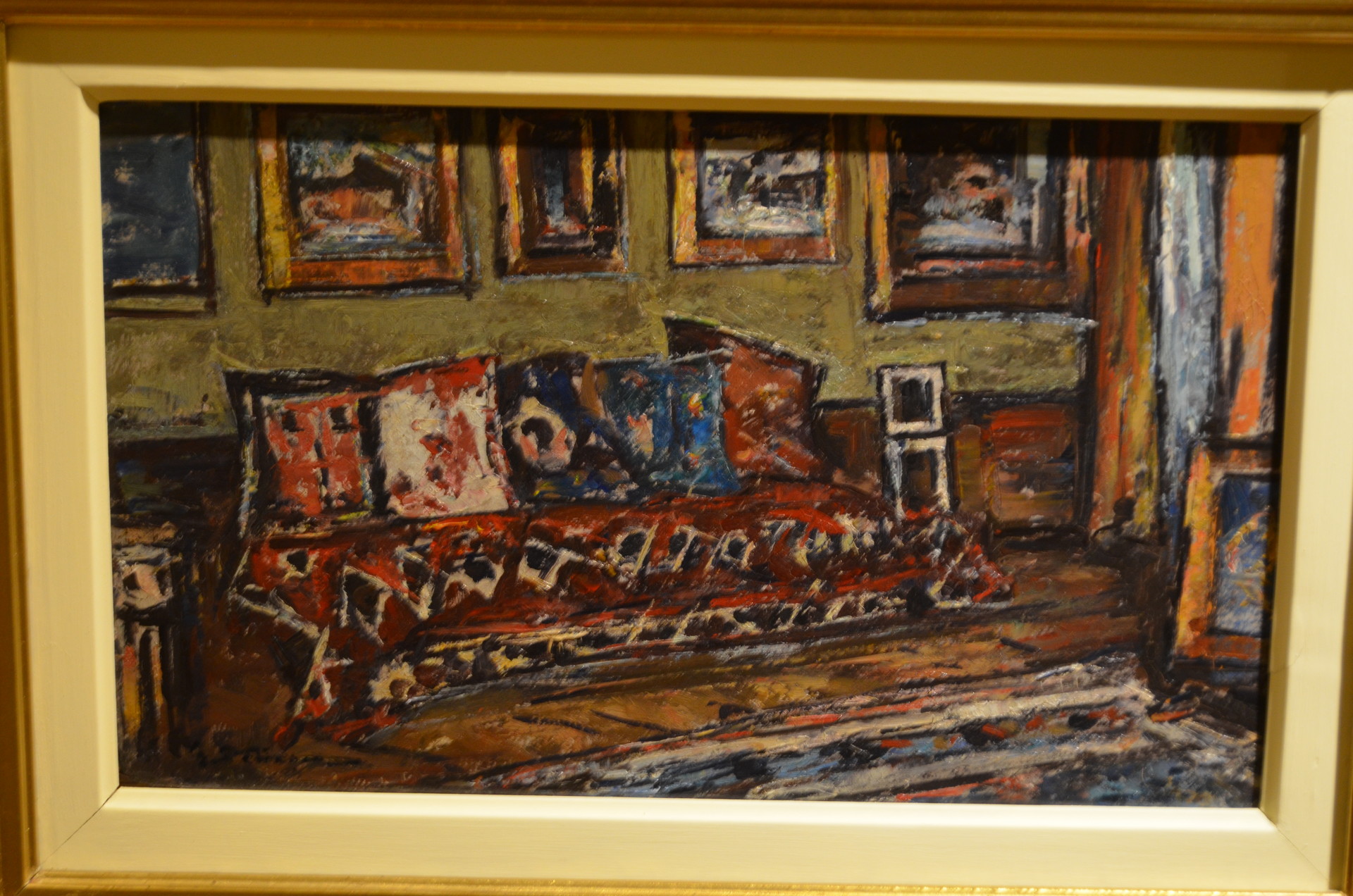

Unfortunately, the Art Museum has only two galleries and somehow I crave to see more artworks than this, but I move forward to search for the other museums.
The voivodes hall: a wonderful full of history room
Pursuing, looking left to right, I stumble across the voivode’s hall, a huge long room, where the blue color dominates. What’s substantial about this hall and what made it famous, giving it the name to, is the row of medallions representing the portraits of previous Moldavian and Wallachian rulersstarting with Decebalus, the last King of Dacia, followed by those of Roman emperors Trajan and Aurelian.

Continuing the voivode’s portrait series, to the right, appear represented the portraits of Dragoș and Bogdan, the founders of the medieval Moldovia and all of those who followed after them. Finally in the center area, I notice the representations of the members belonging to the royal family, more exactly, Carol I and Elizabeth, Ferdinand and Maria, Carol II and Elena.
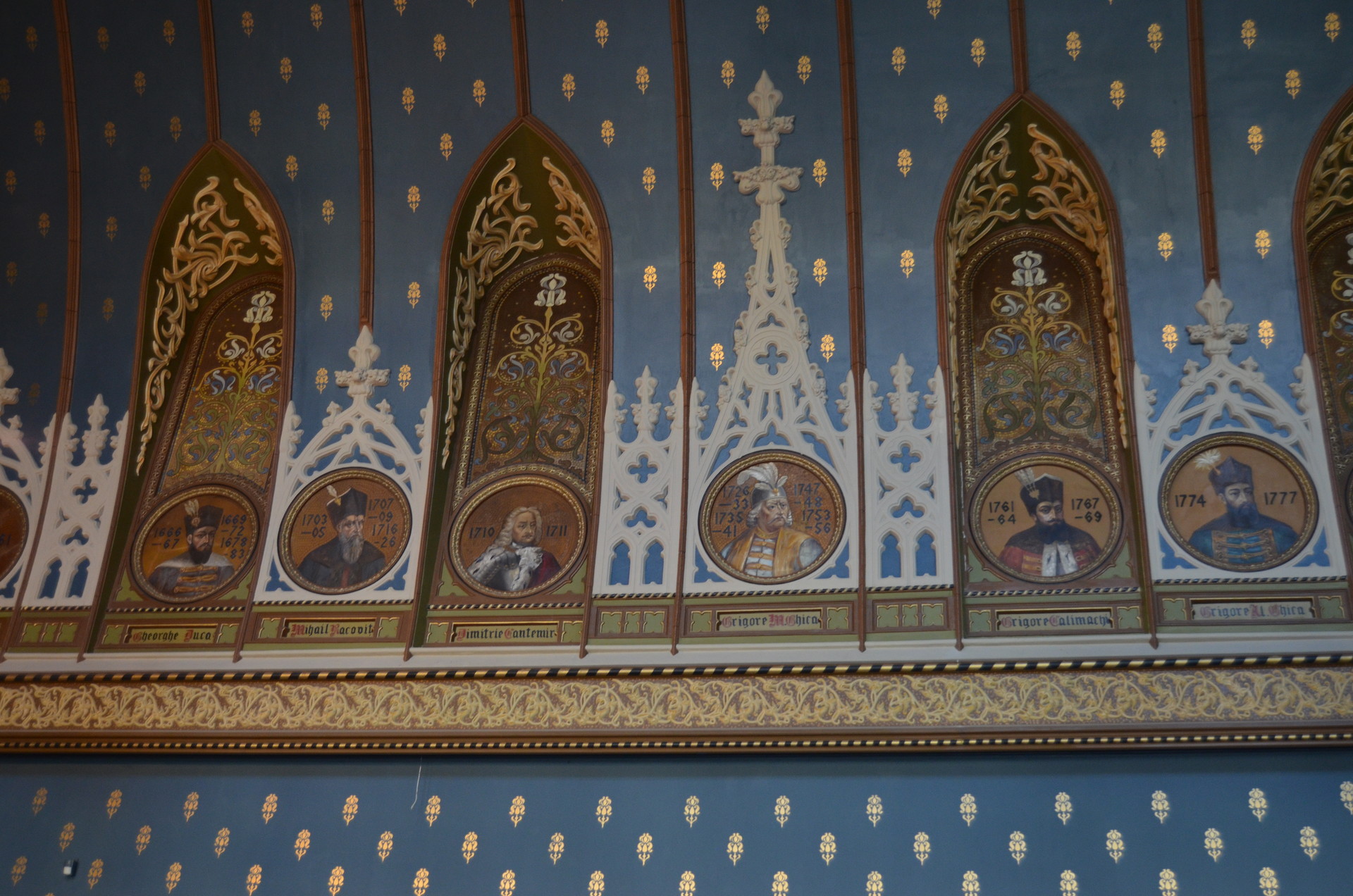
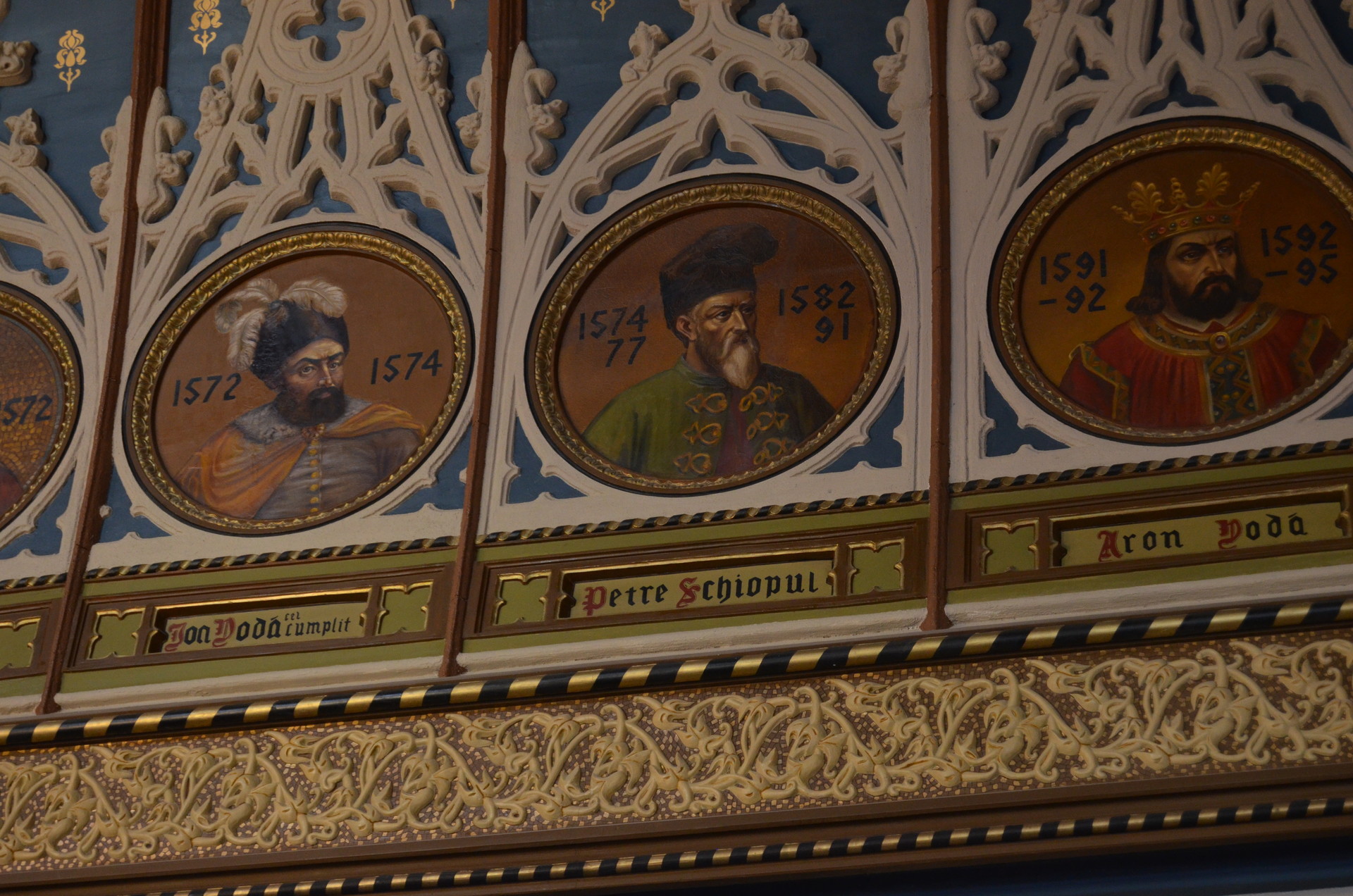
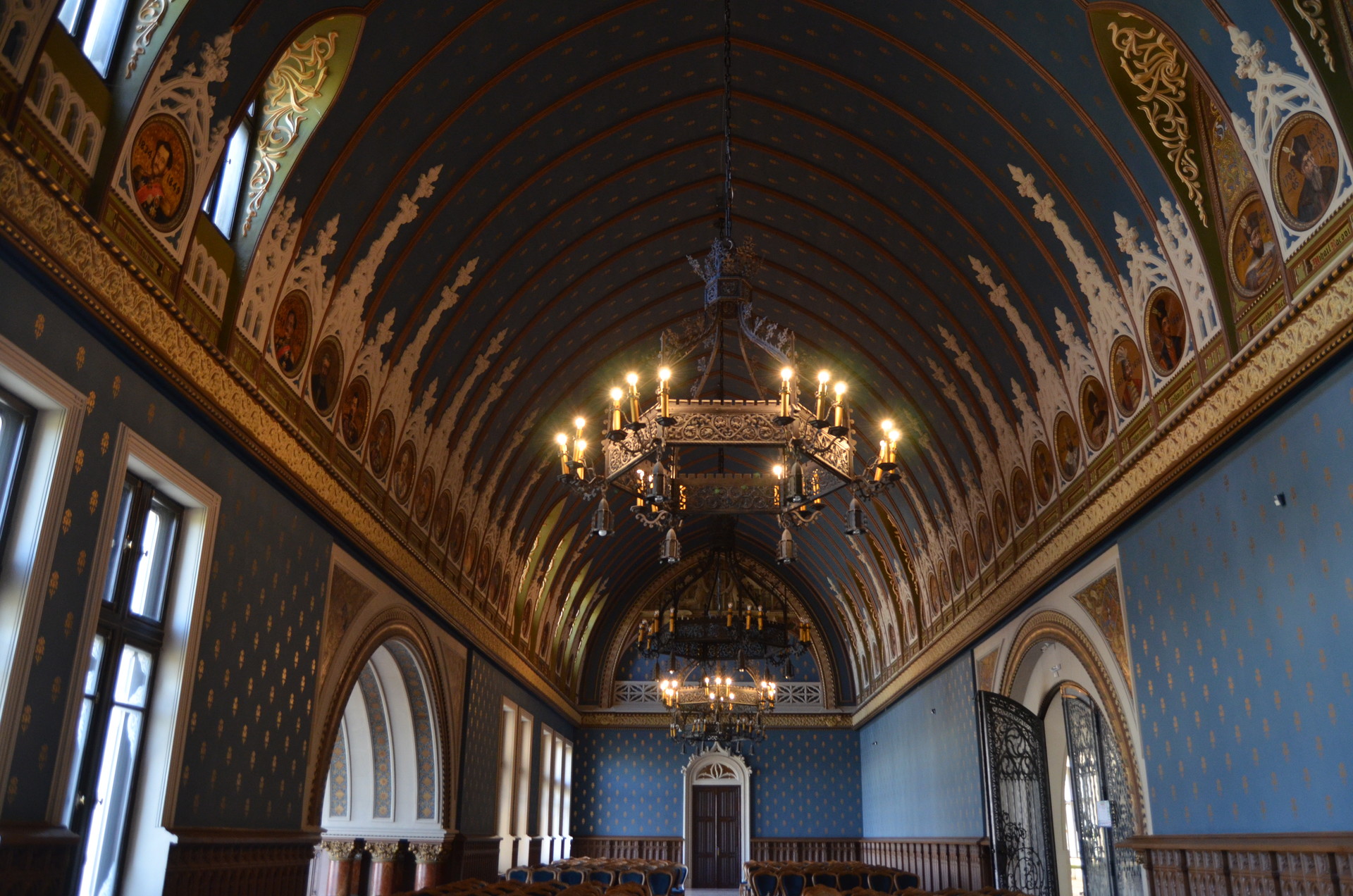
The fireplace with its historical tree
Another eye catching element of the voivode’s hall is the fireplace decorated on top with a historic tree, its branches holding the portraits of same of the most prominent Moldavian rulers, at the very top of tree being showcased the portrait of King Ferdinand, known as “the Unifier”.
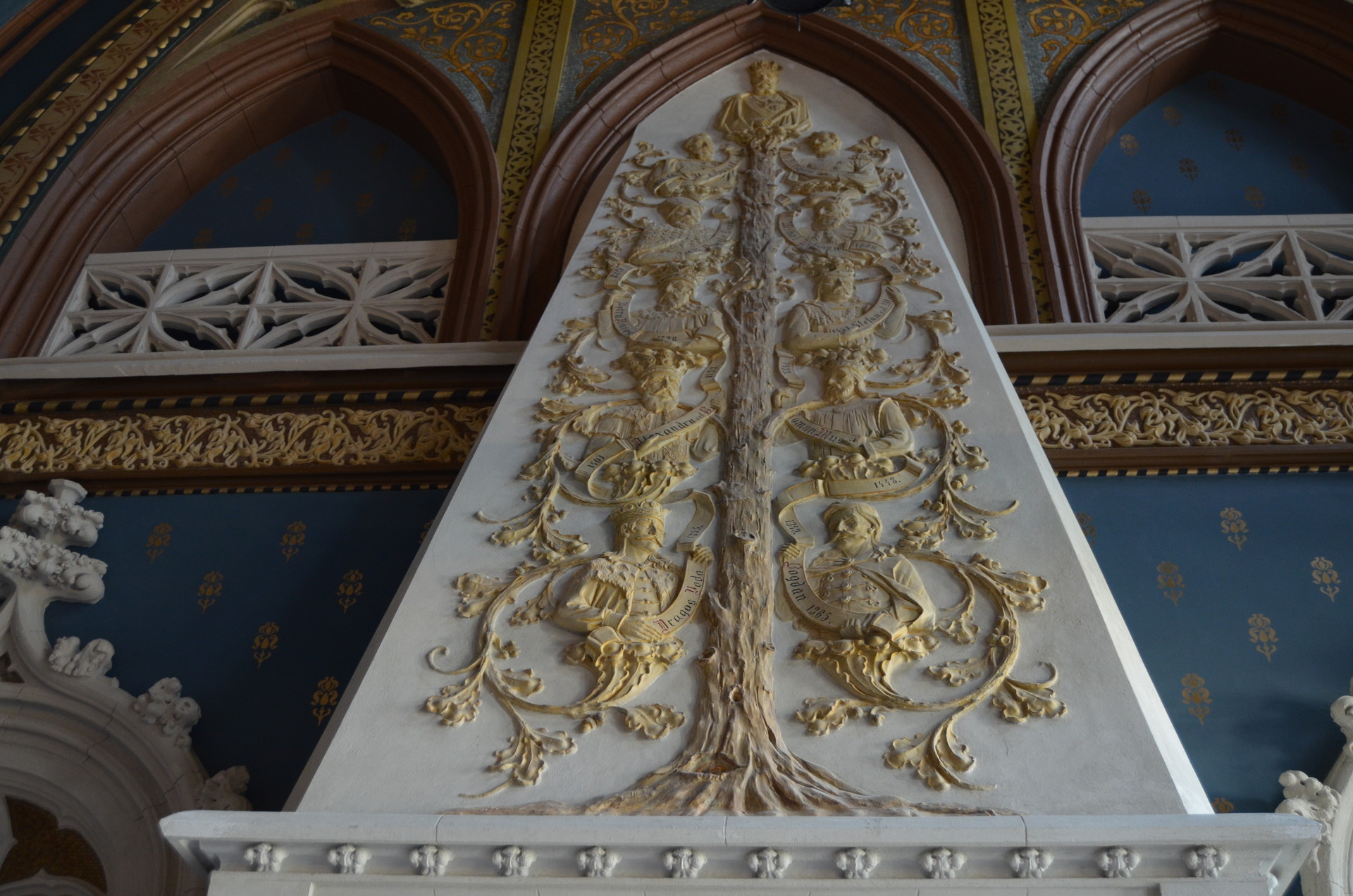
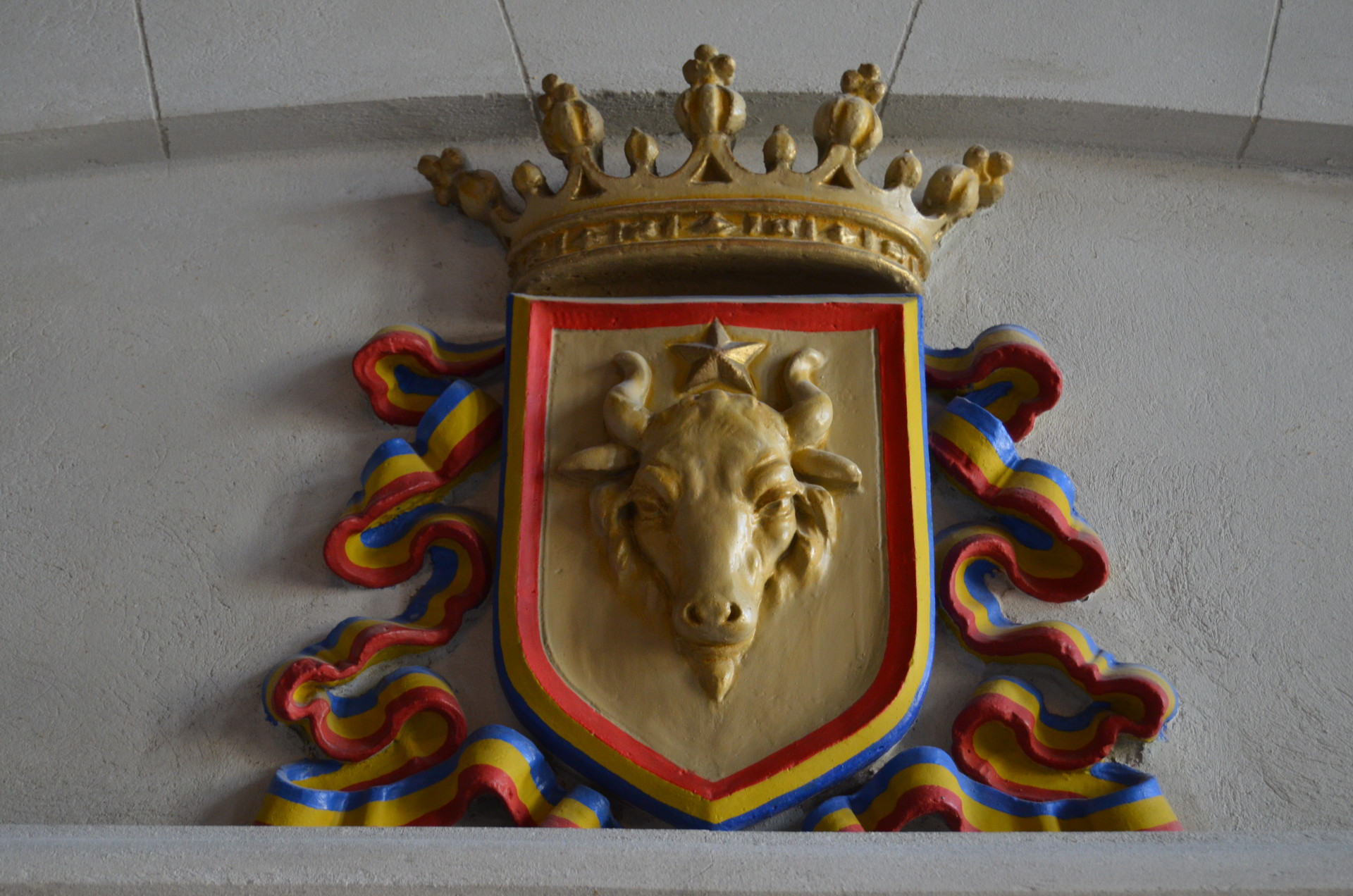
Usually, I am not a very big fan of golden decorations, but somehow the interior of this hall with its blue painted walls and with all of the small golden decorations and the two large chandeliers, looks quite appealing to me.
A well and beautiful restored room: the old fresco painting
An interesting detail that I discover in a corner of the room is a portion of the fresco that reveals the old painting. I can observe how the recent restoration has been made by keeping the initial motifs and color of the painting: the heraldic golden lilies and the Prussian blue. This aspect makes me to appreciate even more the building.
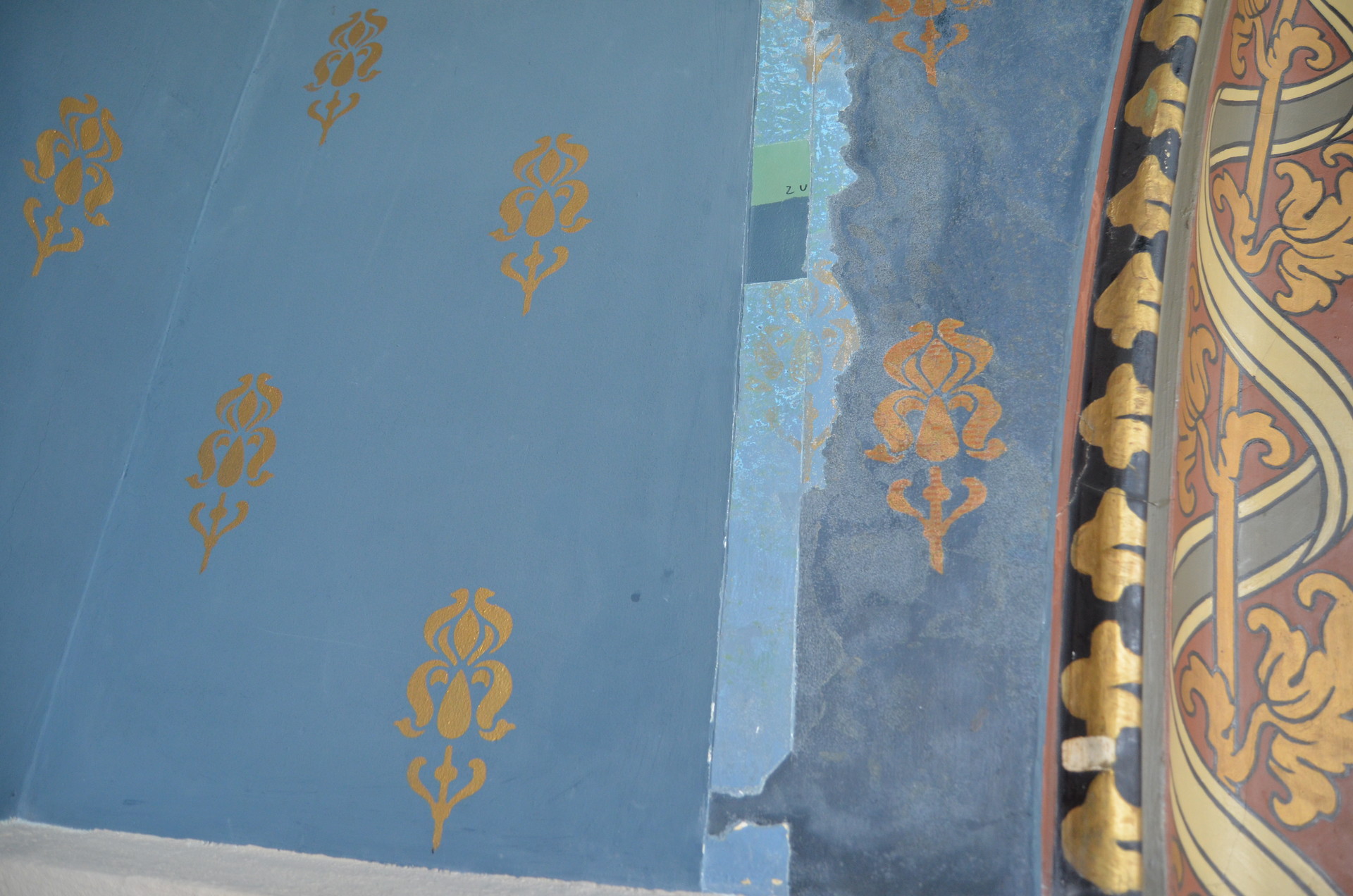
If you are visiting the Palace of Culture, don’t miss out on this beautiful room, a place where the history combines finely with the Art Nouveau elements and the overall neo-Gothic character of the chamber.
Photo gallery
Want to have your own Erasmus blog?
If you are experiencing living abroad, you're an avid traveller or want to promote the city where you live... create your own blog and share your adventures!
I want to create my Erasmus blog! →













































Comments (0 comments)